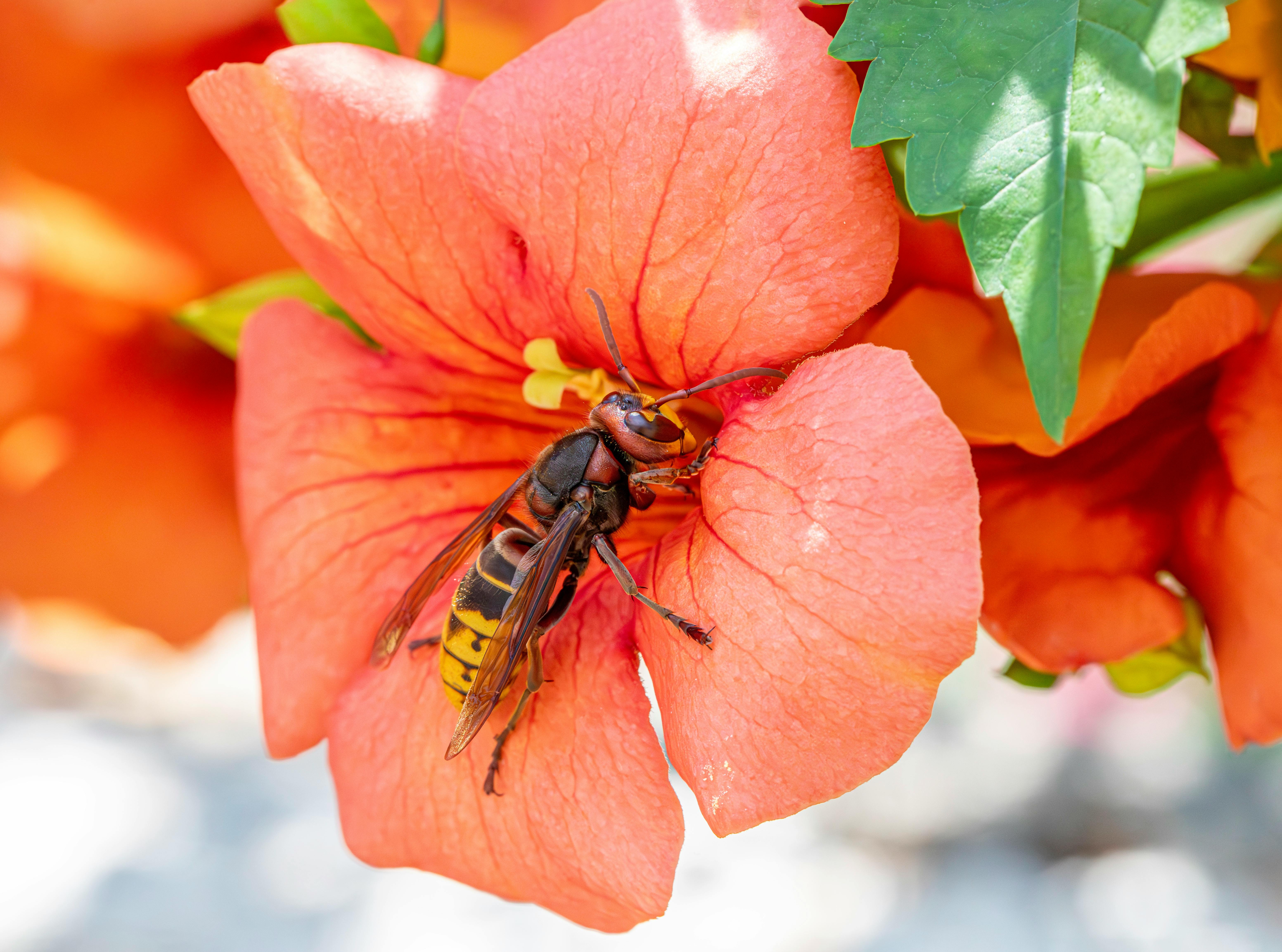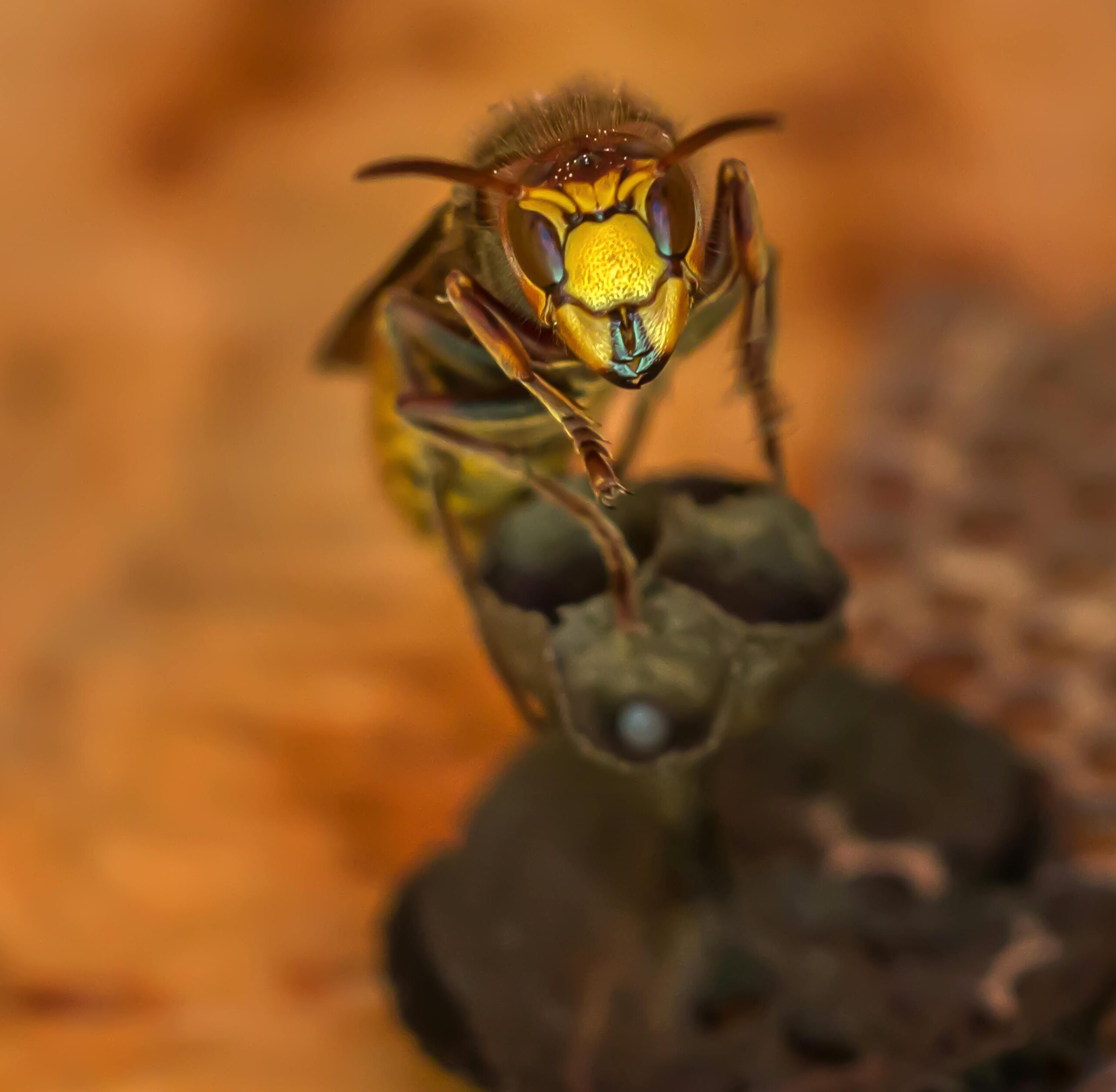Understanding Hornissennest: A Deep Dive
The Ecological Importance of Hornissennest
The term “Hornissennest” refers to the nests created by hornets, which play a vital role in our ecosystems. These wasp species are not merely pests; they contribute to pollination and help control pest populations. Their nests are complex structures, typically built in trees or sheltered areas, and house colonies that can number in the hundreds. Each Hornissennest is a marvel of natural engineering, showcasing the species’ adaptability to their environment. Moreover, understanding the ecological importance of these nests allows us to appreciate the intricate web of life they are part of.
Construction and Structure of a Hornissennest
A Hornissennest is crafted using chewed wood fibers mixed with saliva, creating a paper-like substance. This material is layered to form a sturdy structure that can withstand weather elements. Nests can vary significantly in size, depending on the species and environmental conditions. For instance, some nests can reach the size of a basketball, while others may be more compact. The internal architecture is carefully organized, with different chambers for larvae, workers, and the queen. This organizational structure is crucial for the colony’s survival and efficiency.

Benefits of Hornets to Agriculture
Hornets can be beneficial to agriculture. They primarily feed on other insects, including many agricultural pests. By preying on aphids, caterpillars, and other pests, hornets naturally help maintain the balance of pests in agricultural settings. This contributes to healthier crops and reduces the need for chemical pest control methods. Hence, farmers who recognize the importance of Hornissennest can leverage this natural pest control by creating conducive habitats for hornets.
Risks Associated with Hornissennest
Despite their ecological benefits, Hornissennest can pose risks to humans, particularly when nests are built too close to residential areas. Hornets can be aggressive if threatened, leading to painful stings, which can cause allergic reactions. It is, therefore, essential to handle any encounters with hornets carefully. Educating homeowners about how to safely manage or relocate these nests can minimize risks while still respecting the natural behaviors of these insects.
Identifying Hornissennest: Signs and Features
Identifying Hornissennest can be crucial for both safety and ecological awareness. Typically, these nests are large, round, and constructed of a gray, papery material. The entrances are usually located at the bottom or at the side of the nest, making them a distinct feature. Observing these nests can also educate individuals about the life cycle of hornets, including their reproduction and seasonal behaviors. Recognizing the signs of a Hornissennest can help individuals take appropriate measures to coexist with these fascinating creatures.
Visual Identification Tips
When searching for Hornissennest, look for large, hanging nests suspended from trees or eaves. They often start small in spring and can expand significantly as the colony grows throughout the summer. Additionally, you may notice increased hornet activity in the vicinity, especially around flowering plants. Informative resources, such as field guides or local entomology resources, can help in accurately identifying these nests and the hornets that inhabit them.
Common Misunderstandings about Hornissennest
Many people mistakenly believe that all wasps are dangerous and aggressive. While hornets can become aggressive when threatened, most are not inherently harmful. Understanding their behavior is key to alleviating fear and promoting coexistence. Furthermore, hornets are often misunderstood in terms of their ecological roles, leading to irrational removal practices. Education and awareness are vital to fostering a better understanding of these creatures.
Safety Precautions When Encountering a Hornissennest
If you find a Hornissennest near your home, taking safety precautions is essential. Observing from a distance can be the best initial strategy. Avoid disturbing the nest, as this can provoke the hornets. If removal is necessary, it is advisable to contact a professional pest control service trained in safely handling these nests. They can remove the nest without endangering themselves or others in the vicinity. Meanwhile, use protective clothing if you choose to engage in direct action.
Living with Hornissennest: Best Practices
Coexistence with hornets is possible with the right strategies. Many people have successfully learned to tolerate the presence of Hornissennest by implementing effective management techniques. These include providing alternatives for hornets and ensuring that food sources are secured to reduce attractions to human spaces. By fostering a healthy respect for these insects, individuals can enjoy their ecological benefits while minimizing risks.
Creating a Hornet-Friendly Garden
One way to coexist peacefully with hornets is to create a hornet-friendly garden. Planting flowering plants and providing adequate shelter can encourage hornets to thrive in a way that benefits your garden. Flowers that attract these pollinators should be included, such as goldenrod and daisies. With a strategic approach to landscaping, it is possible to support hornet populations while reaping the benefits of their pollination activities.
Coping Strategies for Allergies and Stings
For individuals with known allergies to hornet stings, it is critical to have an action plan. This could include carrying an EpiPen and informing friends and family about your allergy status. Additionally, exploring home remedies for minor stings can be helpful, such as using ice packs to reduce swelling or natural ointments to alleviate itching. Understanding how to effectively respond can help decrease the anxiety associated with encounters with Hornissennest.
Long-Term Management and Education
Long-term management of the interactions between humans and hornets requires education, awareness, and adaptation. Community workshops or local extension services can provide valuable information about the nature and behavior of hornets. Engaging with local naturalist groups or entomology clubs can further enhance understanding, helping people appreciate the ecological roles of these insects and the benefits of living in harmony with them.
Key Takeaways
- The ecological value of hornets and their nests is often underappreciated.
- Understanding the construction and structure of Hornissennest can enhance awareness.
- Identifying and coexisting peacefully with hornets requires education and proactive strategies.
- Creating garden environments that promote hornet populations can enhance biodiversity.
- Managing encounters with hornets is essential for safety and risk reduction.
FAQ
1. What are the main benefits of having a Hornissennest nearby?
Hornets, through their presence in a Hornissennest, provide essential pest control services by feeding on various insects that harm gardens and crops. They are also effective pollinators, contributing to the health of local ecosystems. Embracing their benefits can lead to lower pesticide use and enhanced garden productivity.
2. How can I tell if a Hornissennest is active?
A Hornissennest is active if you observe consistent hornet activity, especially during warm months. You’ll see hornets entering and exiting the nest frequently, particularly during peak foraging times, which often occur during late afternoon. Regular monitoring can help determine whether the nest is active.
3. What should I do if I find a Hornissennest close to my home?
If you encounter a Hornissennest near your home, it’s best to observe it from a distance. If necessary, contact a pest control professional who’s experienced in handling hornets. Attempting to remove the nest yourself can be dangerous, especially if you’re allergic to stings.
4. Are hornets aggressive?
Hornets can become aggressive if their nest is disturbed or if they feel threatened. However, they typically prefer to avoid conflict unless provoked. Understanding their behavior can help reduce the risk of negative encounters.
5. What are some alternatives for hornets?
Creating a hornet-friendly environment by planting insect-attracting flowers and providing natural habitats can serve as alternatives. This helps in maintaining their populations and supports ecological balance without needing to relocate nests.
